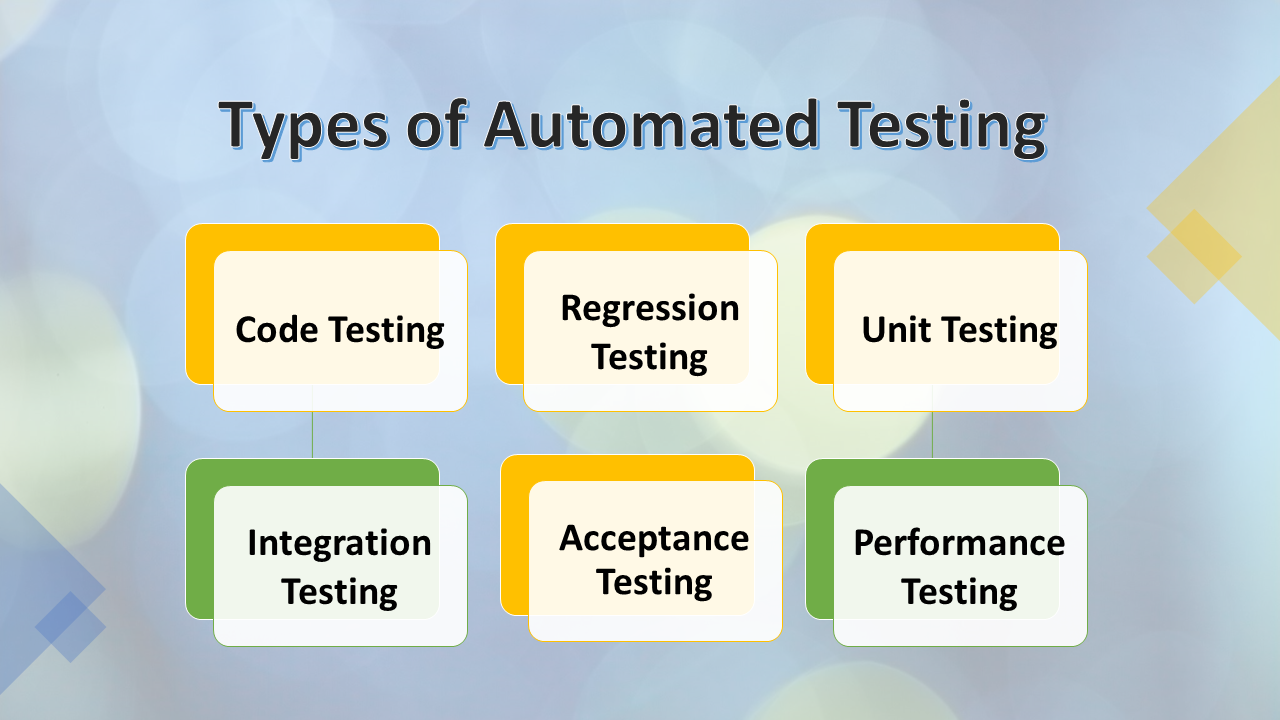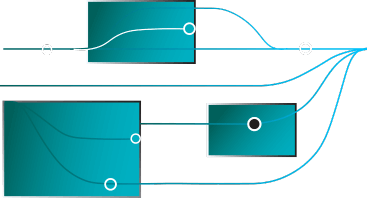What is Test Automation? Types, Challenges, and Benefits

Test Automation is one of the key components of today’s enterprises’ digital transformation strategies. As the lifecycle of software development speeds up, traditional testing is no longer able to keep up with the speed and level of complexity of modern applications. Automated testing offers a remedy, with faster and more effective testing, better quality software, and quicker delivery.
Considering the estimated market value of $49.9 billion by 2026, it is clear that automation testing in QA is leading the pack in the software development life cycle. As companies aim to stay ahead of their competitors, test automation becomes imperative for making software releases that meet the highest quality standards.
What is Test Automation?
Test automation refers to the use of software tools to evaluate the performance of software or compare its test performance against the expected performance. Instead of using manual testers that manually run repetitive tests, test automation enables teams to run tests faster, more consistently, and at scale, with minimal manual intervention.
Simply speaking, it automates test execution, manages test data, and validates application functionality. As manual tests become increasingly inefficient, test automation emerges, addressing the issue of test scale and enabling faster tests without compromising quality.
Here’s a breakdown of myths about test automation accelerators.
What is automation testing in software testing, and its importance?
The significance of automation testing in QA lies in its ability to boost productivity, thanks to the reduction of testing time and human errors. In addition to other repetitive tasks, this will enable test engineers to focus on more complex and higher-level testing tasks. If tests can be driven automatically, anytime, anywhere, it can help establish rapid feedback loops that enable development to progress smoothly.
Being an integral part of the software testing process, automation is necessary to speed up development, facilitate continuous testing, and achieve higher-quality releases.
Types of Automated Testing
Automated testing comes in various forms, types, or levels, depending on whether the testing is performed at the system test, integration test, or unit test levels. The following are a few of the most popular types of automated testing:

- Code testing allows developers to test individual chunks of code to make sure they are everything they should be before it gets merged into your main application code. Automated code testing will catch errors early and avoid security loopholes, unusual formatting, and unexpected bugs.
- Unit testing focuses on validating individual components or functions in isolation. These tests are fast, reliable, and play a key role in Agile and TDD workflows.
- Integration testing ensures that all components of a software system work well together. Such a form of testing is a must when we’re dealing with modules or systems that interact. Automation allows teams to more efficiently manage large integration patterns with multiple databases, APIs, and third-party systems.
- Regression testing ensures the latest code changes or updates do not deliver unexpected effects on existing system features. The well-established automated regression testing makes certain that any prior bug or piece of functionality isn’t broken anew by new API developments. Dive deeper into regression testing in Agile.
- Performance testing examines how an application behaves under stress, typically by applying heavy loads. Whether it’s response times, throughput, or resource consumption, automated performance testing is key in ensuring that applications can scale to handle thousands or millions of users.
- Acceptance testing confirms that the software meets all the requirements and expectations of stakeholders. Acceptance tests are tests that simulate user actions and are used to ensure the system meets the customer’s needs.
To build a well-rounded test automation strategy, it’s essential to distinguish between functional and non-functional tests. This guide to Functional vs. Non-Functional Testing in Software Testing breaks down the key differences.
Do more with Test Automation
Discover more ways to add ‘low-code no-code‘ test automation in your workflows

Benefits of Automation Testing
There are numerous benefits to adopting test automation in your software development process. Below are some key advantages that make it a crucial part of modern development practices:
- Speed: Automated tests run faster than manual tests, enabling rapid feedback during the development cycle. This results in quicker time-to-market and the ability to release features more frequently.
- Accuracy: Automation eliminates human errors, ensuring that tests are executed in exactly the same way each time, providing more reliable results.
- Cost-Efficiency: Although the initial investment in automation tools and setting up automated tests may be high, the long-term cost savings far outweigh the upfront costs.
- Scalability: As applications grow in complexity, automated tests can scale without a corresponding increase in resources, making them ideal for large projects with constantly changing codebases.
- Reusability: Once test scripts are created, they can be reused across multiple projects and test cycles, saving time and effort in the long term.
- Continuous Integration/Continuous Deployment (CI/CD): Test automation integrates seamlessly with CI/CD pipelines, allowing for continuous testing as part of the development process, ensuring that tests are always up-to-date and executed frequently.
Challenges in Automation Testing
While automation testing offers significant benefits, it also presents challenges that teams must address to ensure its success:
- Choosing the Right Testing Approach: Choosing the appropriate test automation strategy can be challenging. Factors such as the software’s complexity, the testing team’s skill level, and the available tools need to be considered before deciding on the best approach.
- High Initial Setup Costs: Setting up a test automation framework involves upfront costs for tools, training, and initial script creation. While the ROI over time justifies the investment, businesses must be prepared for these initial expenses.
- Inefficient Collaboration Between Teams: Effective collaboration between developers and testers is critical for successful automation. Miscommunication about testing goals or approaches can lead to gaps in test coverage or inefficiencies in the testing process.
- Maintaining Test Scripts: Automated tests require ongoing maintenance as software evolves. Test scripts must be updated regularly to ensure they continue to reflect the latest software changes. This can be time-consuming and may require specialized skills.
- Test Data Management: Managing test data for automation can be difficult, especially in environments where data is constantly changing. Proper management practices are necessary to ensure tests can run smoothly with consistent data. Here’s how to handle test data effectively.
Ready to Get Started?
Automated testing is no longer optional, but a requirement for companies that want to ship high-quality code quickly. Automating the redundant tasks, minimising errors, and improving feedback will help companies maintain their competitive advantage in a fast-moving digital world.
If you’re serious about scaling your test automation, ACCELQ is here for you. With more than 70% cost savings and productivity increased 7.5x, we help you build a highly-customizable automation concept that aligns with your specific business requirements.
Conclusion
Test automation is a critical catalyst for digital transformation in the rapid-paced world of software development today. Although becoming a skilled automation tester can be hard work, speed, accuracy and scalability are the main benefits of browser automation testing, and it becomes necessary in the software development life cycle. Through the use of best practices and mitigation of typical challenges, organizations are able to benefit from test automation by improving software quality, lowering costs and being able to hit the markets faster.
Suggested Watch
Prashanth Punnam
Sr. Technical Content Writer
With over 8 years of experience transforming complex technical concepts into engaging and accessible content. Skilled in creating high-impact articles, user manuals, whitepapers, and case studies, he builds brand authority and captivates diverse audiences while ensuring technical accuracy and clarity.
You Might Also Like:
 Top 10 Automation Trends for 2026 You Can’t Ignore
Top 10 Automation Trends for 2026 You Can’t Ignore
Top 10 Automation Trends for 2026 You Can’t Ignore
 Top 27 Automation Testing Interview Questions and Answers
Top 27 Automation Testing Interview Questions and Answers
Top 27 Automation Testing Interview Questions and Answers
 Self-Healing Test Automation: A Comprehensive Guide
Self-Healing Test Automation: A Comprehensive Guide
































